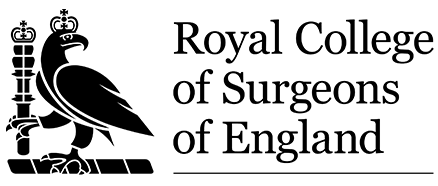Anatomy and Pathology Museum
The Anatomy and Pathology Museum (APM) supports medical and allied health trainees and professionals in their understanding of human anatomy and pathology.
Visiting the APM
- All APM visitors must bring proof that they are a medical/healthcare professional or trainee in order to access the museum, for example a hospital ID. Please contact museums@rcseng.ac.uk if you are unsure if you qualify and would like to check.
- Photography is strictly prohibited inside the APM.
- Walk up visits are welcome, but booking ahead is advisable to ensure availability and avoid disappointment. Planned closures will be shown as unavailable in the booking calendar.
- Upon arrival, please report to reception to sign in and agree to the terms and conditions.
- You are recommended to have a study plan prior to your visit to get the most out of your time in the APM.
- Visiting is free for individual self-study.
Group visits
- The APM is a self-study space and groups wishing to visit should have a study plan or tutor to make the most of the time.
- The APM is not suitable for group browsing.
- If your group does not have a specific study plan, then visiting the APM may not be appropriate, and your booking may be refused. In which case please consider visiting the Hunterian Museum which has an extensive display of Anatomy and Pathology.
- Fees apply to non-surgical tutor-led groups.
Please contact museums@rcseng.ac.uk for group bookings. Please include the following:
- Date you wish to visit
- How many people in the group (strictly 20 max per group, including group leaders and tutors)
- Name of course or programme and institution
- Details of your study plan.
Standard opening hours
The APM is open Monday to Friday from 10am-5pm, and last entry is at 4.30pm.
Please note that the APM is not open on bank holidays and College closure days between Christmas and New Year's Day. Other planned closures, such as for conservation or staff training, will be shown as unavailable in the booking calendar.
Museum facilities
There are a thousand specimens on open display for self-study and learning, including:
- Anatomical prosections - fluid preserved mounted preparations and plastinated specimens
- Pathological specimens - dry and wet mounted preparations with case histories
- Corrosion casts
- Skeletons and disarticulated bones
- iPads providing a Virtual Learning Environment (VLE) with detailed specimen information and an interactive anatomical self-test resource.
